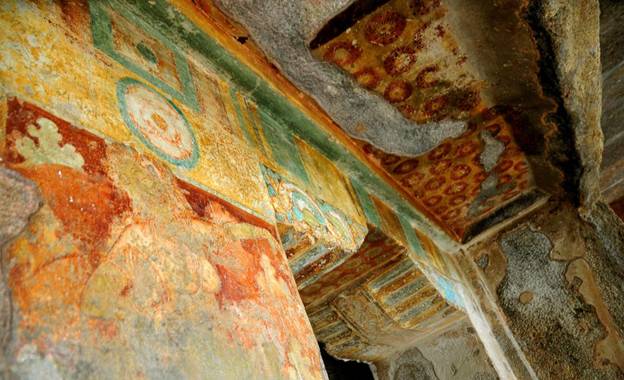Free Courses Sale ends Soon, Get It Now


Free Courses Sale ends Soon, Get It Now



Copyright infringement not intended
Context: With much of the art in Sittanavasal either damaged or vandalised, Archaeological Survey of India has undertaken conservation measures and also introduced digital checks to track public access
Details:
© 2024 iasgyan. All right reserved